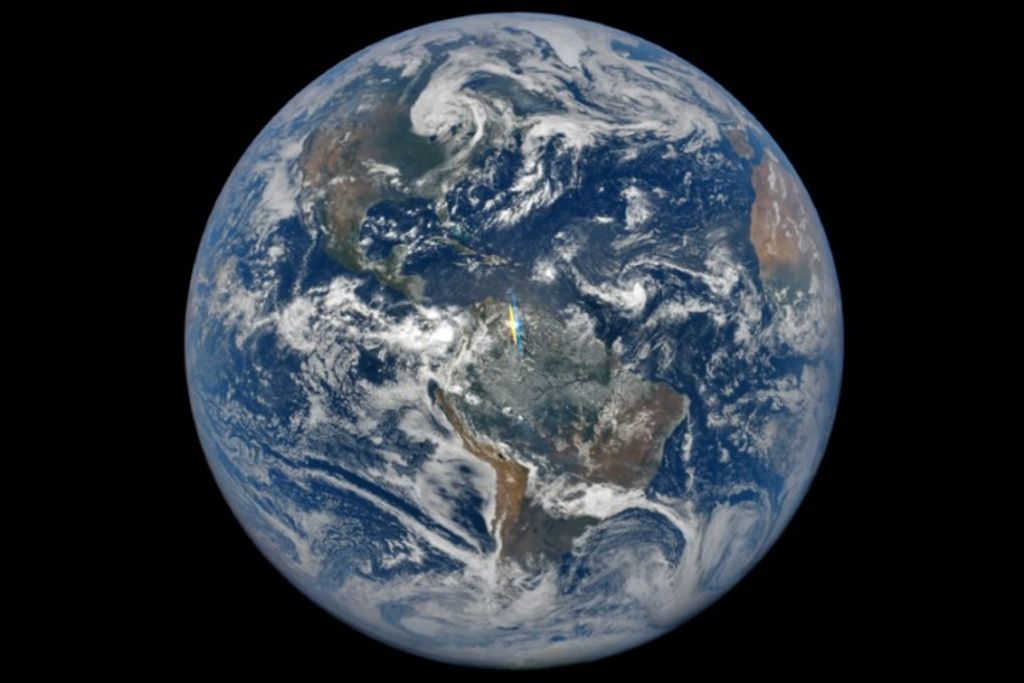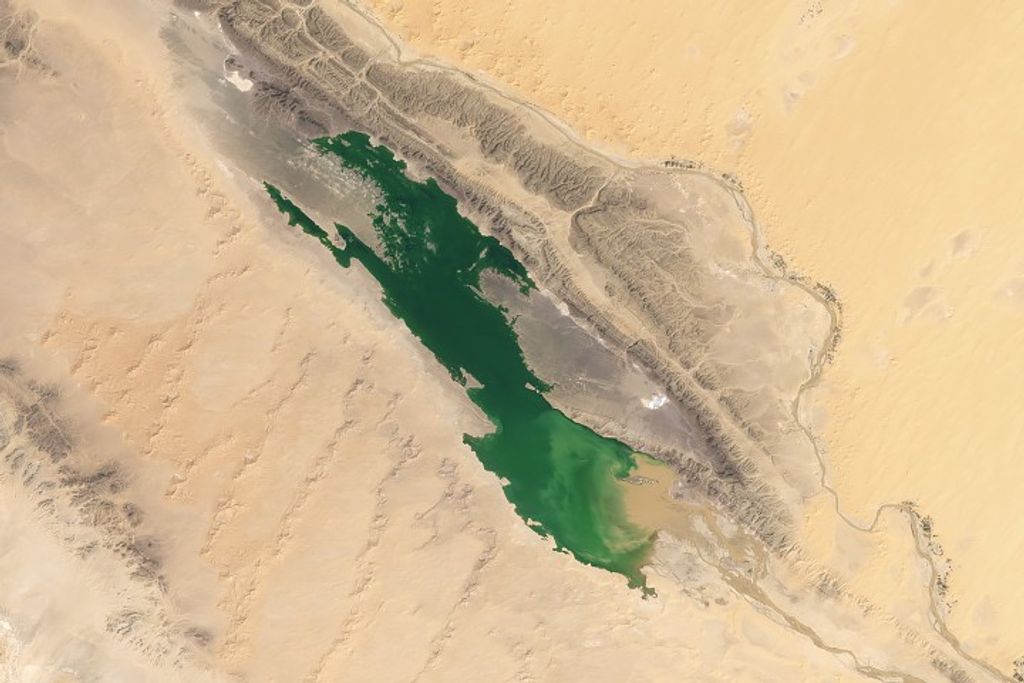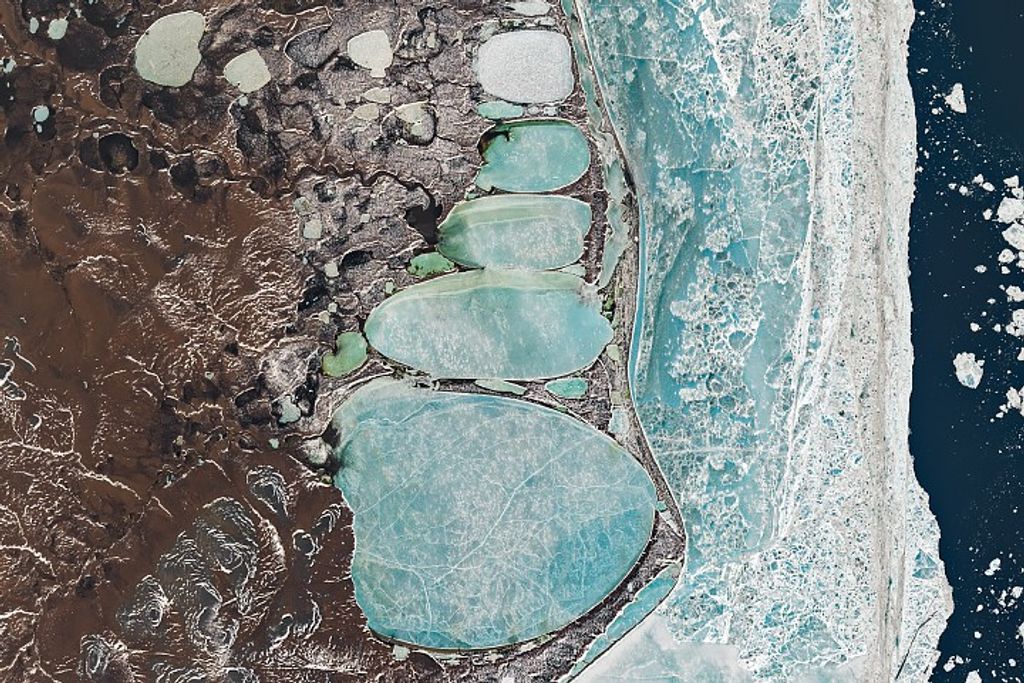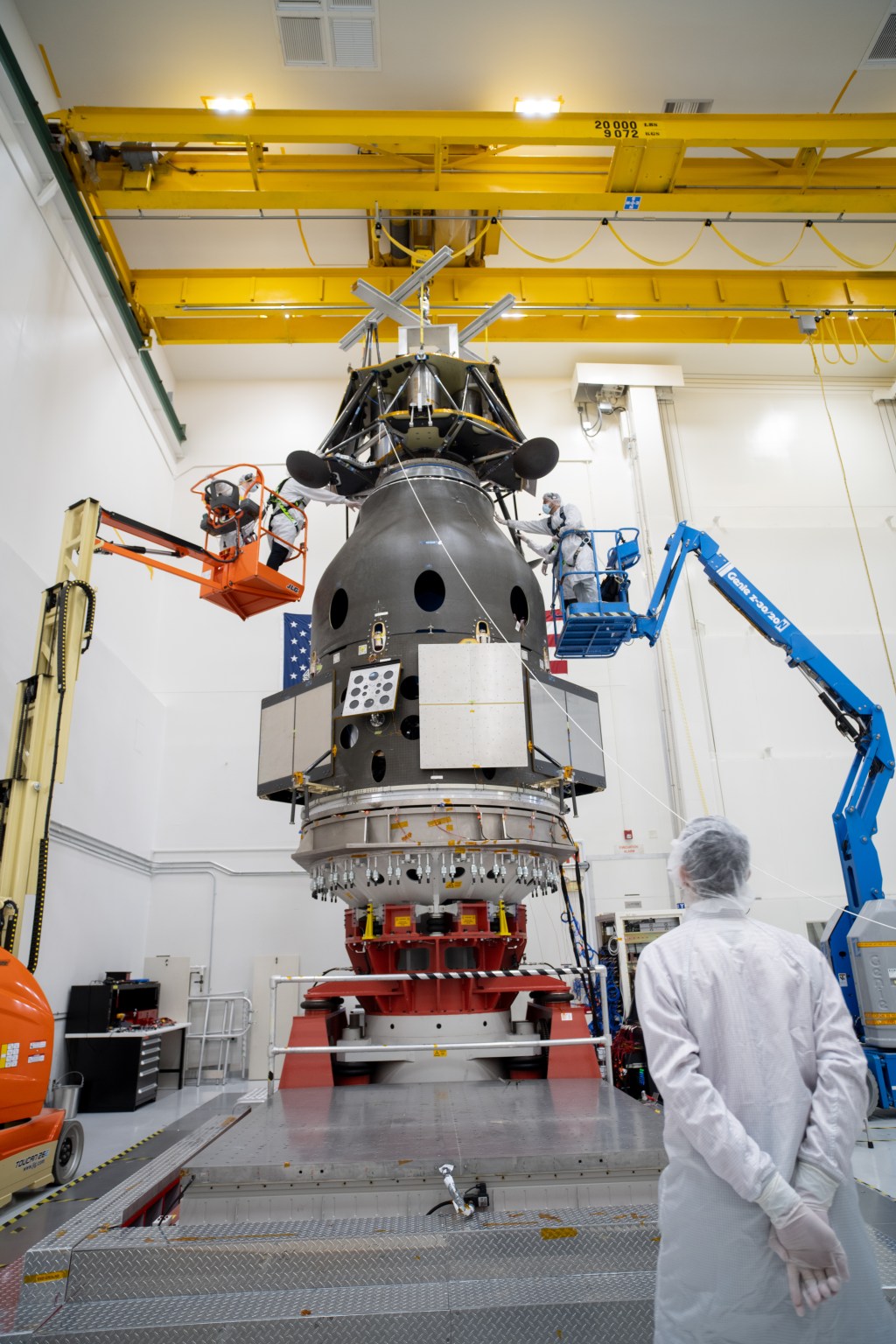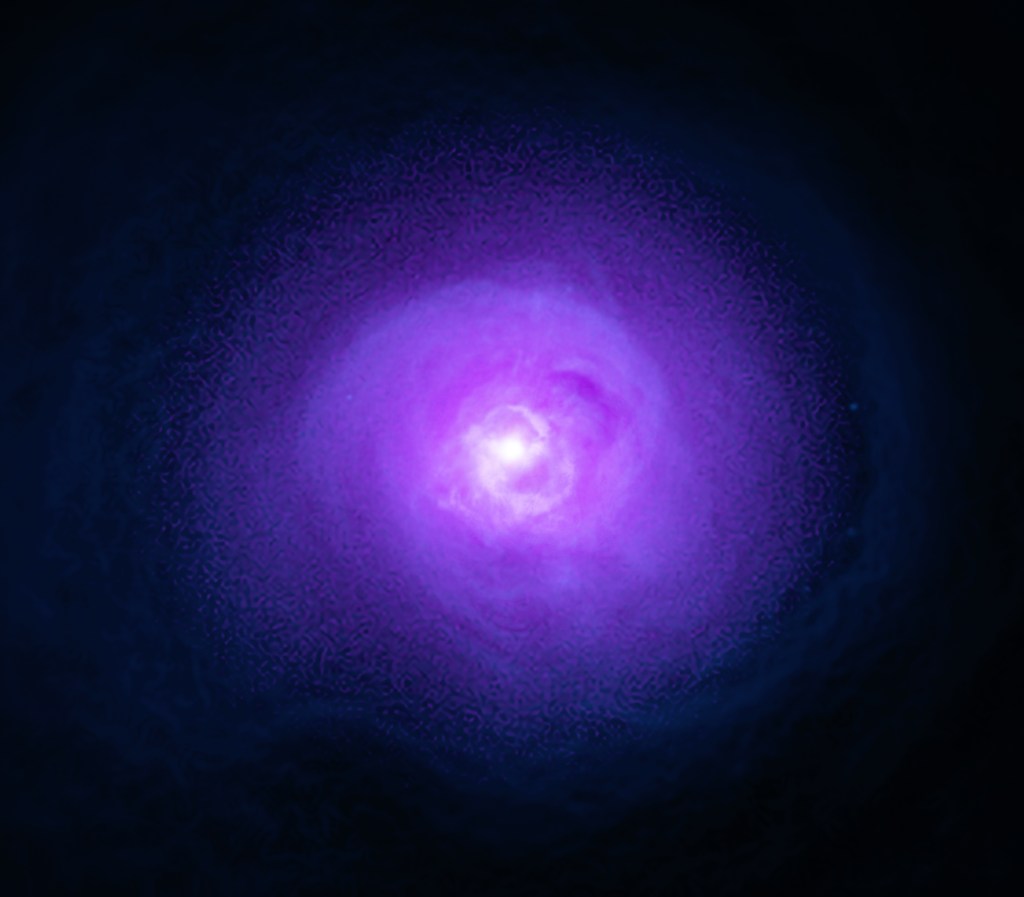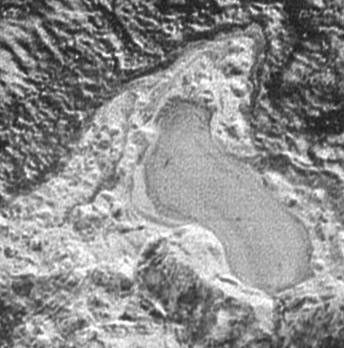Description
NASA's New Horizons spacecraft spied several features on Pluto that offer evidence of a time millions or billions of years ago when -- thanks to much higher pressure in Pluto's atmosphere and warmer conditions on the surface -- liquids might have flowed across and pooled on the surface of the distant world.
This feature appears to be a frozen, former lake of liquid nitrogen, located in a mountain range just north of Pluto's informally named Sputnik Planum. Captured by the New Horizons' Long Range Reconnaissance Imager (LORRI) as the spacecraft flew past Pluto on July 14, 2015, the image shows details as small as about 430 feet (130 meters). At its widest point the possible lake appears to be about 20 miles (30 kilometers) across.
The Johns Hopkins University Applied Physics Laboratory in Laurel, Maryland, designed, built, and operates the New Horizons spacecraft, and manages the mission for NASA's Science Mission Directorate. The Southwest Research Institute, based in San Antonio, leads the science team, payload operations and encounter science planning. New Horizons is part of the New Frontiers Program managed by NASA's Marshall Space Flight Center in Huntsville, Alabama.








